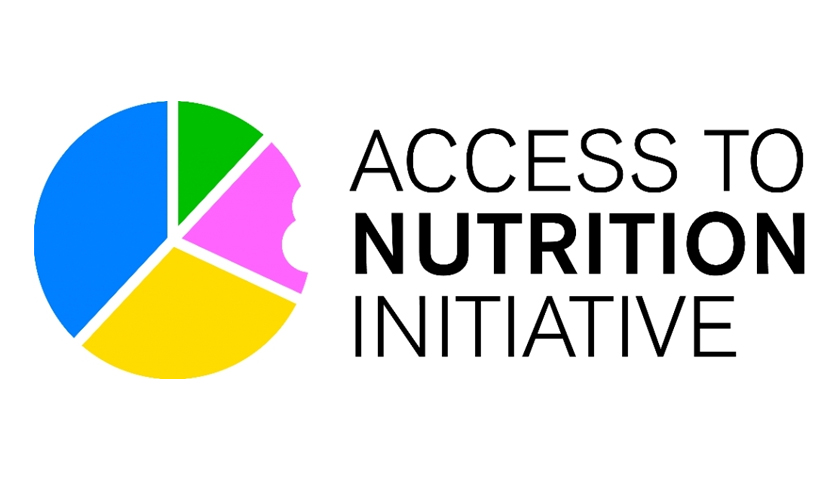The Access to Nutrition U.S. Index, released recently, reveals that the 11 largest U.S. food and beverage manufacturers are not making adequate progress on their commitments to make, market and sell healthy food and drinks. While all companies have placed a greater focus on nutrition in their corporate strategies since the first index was released in 2018, their actual products have not become healthier, and they are not making sufficient efforts to safeguard children from the marketing of unhealthy products.
The index, which assesses the leading food and beverage manufacturers in the U.S. on the healthiness of their product portfolios and their nutrition-related commitments, policies and disclosures, found that higher scores are primarily a result of more comprehensive and specific nutrition commitments and better transparency regarding companies’ nutrition strategies and performance. Companies scored lowest in their efforts to act on such commitments, particularly in making healthy products accessible to U.S. consumers.
The combined product portfolios of the 11 companies (Campbell, Coca-Cola, Conagra, General Mills, Keurig Dr Pepper, Kellogg, Kraft Heinz, Mars, Nestlé, PepsiCo and Unilever) — representing a sales value of around $170 billion in 2021 and accounting for almost 30% of all U.S. food and beverage sales — have not become healthier since 2018. (Instead, 70% of food and beverage products are less healthy options with higher levels of added sugar, salt and fat and not enough fruit, vegetables, whole grains and fiber.)
Note: In parenthesis — number of products included in the assessment. ATNI uses the Health Star Rating (HSR) threshold of 3.5 stars or more to classify products as generally healthier.
Other key findings include:
- Most companies scored only marginally higher than in
- All companies incorporated a greater focus on nutrition and health in their commercial strategies. But only a few have translated these commitments into concrete action plans that focus on addressing the needs of population groups at higher risk of experiencing nutrition challenges, such as families with low incomes.
- Four companies, compared to only one in 2018, showed evidence of taking action to improve the affordability and accessibility of some of their healthier products through commercial channels (specifically) in the U.S. It is clear, however, that the commercial access and affordability of their healthier products remains a low priority for
- Responsible marketing for all audiences, but specifically protecting children from the harmful effects of marketing unhealthy products, seems to be on the agenda for most companies but does not cover teens and adolescents, nor do they incorporate specific compliance targets.
- Six companies have implemented front-of-pack (FOP) labeling on more than 80% of their products, and nine display online information for more than 80% of their product portfolios, also an improvement since 2018.
“I am concerned by such limited progress that companies have made over the last five years,” said ATNI’s Executive Director Greg S. Garrett. “We see some improvements, but we cannot afford such slow progress among the largest manufacturers who make, market and sell our food. Both private and public sectors need to do much more to improve the diets of U.S. families.”
In late September, the White House released a national strategy that calls on all sectors to make changes that can address food and nutrition security and diet-related diseases that remain rampant nationwide. The U.S. index authors add that food and beverage companies should:
- Develop comprehensive strategies to improve the overall nutritional quality of products, including prioritizing marketing spending for healthy products.
- Adopt clear policies on affordability and accessibility of healthy products and improve the affordability of their “healthier” products specifically for consumers with low incomes.
- Improve marketing policies and practices that accelerate sales of healthy options relative to and limiting the sales of unhealthier products/product varieties, including further increasing the age threshold for their marketing restrictions to 18 years, as recommended by the World Health Organization (WHO).
- Adopt an easy-to-understand front-of-pack labeling system and use updated nutrition criteria for the “healthy” claim on packages as the national strategy proposes.
- Support and refrain from lobbying against public policy measures that improve public health and address obesity as enshrined in the national strategy on hunger, nutrition and
The index authors also believe the U.S. government should support such changes by introducing more effective and enforceable standards and legislation that prevent the marketing of unhealthy products and push companies to apply reformulation strategies on their products.
The 2022 U.S. Index, including the methodology and full list of findings and recommendations can be found here.
The U.S. Access to Nutrition Index was funded by a grant from the Robert Wood Johnson Foundation. The views expressed in this report do not necessarily reflect the views of the Foundation.
